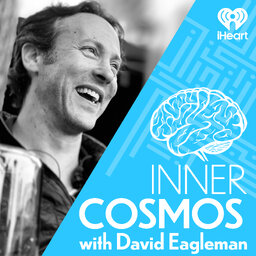Ep21 "How far would you follow authority?"
Would you torture someone if you were commanded by an authority figure? To what degree are your decisions contextual, and what does this have to do with matching the length of a line, the Iroquois Native Americans, the banality of evil, soldiers posing with dead bodies of their enemies, propaganda, giving shocks to a stranger, or how we should educate our children? Join Eagleman for part 2 of the exploration into brains, dehumanization, and what we can do to improve our possible future.
 Inner Cosmos with David Eagleman
Inner Cosmos with David Eagleman


